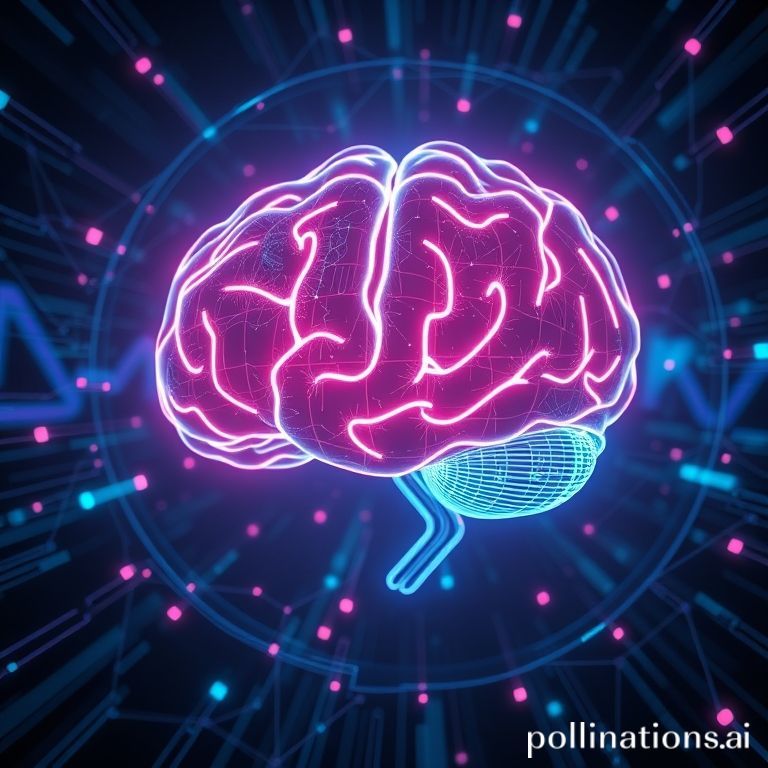
AI Boost: Productivity Hacks for 2025
Hey there, future productivity ninja! Feeling overwhelmed by your to-do list? Wishing you had an extra pair of hands (or maybe a super-smart brain) to help you conquer your goals? Well, buckle up, because 2025 is bringing a whole new wave of AI tools designed to supercharge your productivity. It’s no longer a question of *if* AI will impact your workflow, but *how*. This guide is your friendly roadmap to navigating this exciting new landscape and unlocking your maximum potential with the power of artificial intelligence.
Why AI Tools Are Essential for Productivity in 2025
Let’s face it: we’re living in a world of constant information overload and ever-increasing demands on our time. Trying to keep up with everything manually is like trying to bail out a sinking ship with a teacup. AI tools offer a lifeline, automating repetitive tasks, providing personalized insights, and freeing up your precious time and energy to focus on what truly matters: creative problem-solving, strategic thinking, and building meaningful connections.
Imagine spending less time answering routine emails, scheduling meetings, or researching information. Imagine having an AI assistant that can anticipate your needs, suggest relevant resources, and even help you brainstorm new ideas. That’s the power of AI-driven productivity, and it’s becoming increasingly accessible and essential for staying competitive and thriving in the modern workplace (and beyond!).
Step-by-Step Guide: Choosing, Setting Up, and Using AI Tools
Okay, let’s get practical. Here’s a step-by-step guide to help you navigate the world of AI productivity tools:
Step 1: Identify Your Productivity Pain Points
Before diving into the sea of AI apps, take a moment to identify the areas where you struggle the most. Are you constantly drowning in emails? Do you find yourself spending hours on repetitive data entry tasks? Are you struggling to stay organized and manage your time effectively? Understanding your specific pain points will help you choose the right AI tools to address them.
Step 2: Research and Choose the Right Tools
The AI landscape is constantly evolving, so it’s important to do your research. Look for tools that are specifically designed to address your identified pain points. Read reviews, watch demos, and take advantage of free trials to test out different options. Consider factors like price, ease of use, integration with your existing workflow, and security.
Here are a few examples of AI tools in different categories:
* **Email Management:** Tools like Superhuman (if still around in 2025 – technology changes fast!) or other AI-powered email clients can help you prioritize emails, automate responses, and unsubscribe from unwanted newsletters.
* **Task Management:** AI-powered task management apps like Todoist or Asana (with enhanced AI features) can help you create tasks, set deadlines, track progress, and even suggest optimal schedules.
* **Writing and Content Creation:** Tools like Jasper.ai or Grammarly (with even more advanced AI writing assistance) can help you generate content, improve your writing style, and proofread your work.
* **Meeting Management:** AI assistants like Otter.ai can automatically transcribe your meetings, create summaries, and even identify action items.

Step 3: Set Up and Integrate Your Tools
Once you’ve chosen your AI tools, it’s time to set them up and integrate them into your existing workflow. This may involve creating accounts, installing apps, and connecting them to your other tools. Take the time to configure the settings to your liking and personalize the experience.
For example, if you’re using an AI-powered email client, you’ll want to connect it to your email account and customize the filters and rules. If you’re using an AI task manager, you’ll want to import your existing tasks and projects and set up notifications.
Step 4: Learn How to Use Your Tools Effectively
Don’t expect to become an AI master overnight. Take the time to learn how to use your chosen tools effectively. Read the documentation, watch tutorials, and experiment with different features. The more you understand how your AI tools work, the more effectively you’ll be able to leverage them to boost your productivity.
Step 5: Monitor and Optimize Your Workflow
The key to maximizing your productivity with AI is to continuously monitor and optimize your workflow. Pay attention to how much time you’re saving, how much more you’re accomplishing, and how you’re feeling. Are your AI tools truly making a difference? Are there any areas where you can improve? Don’t be afraid to experiment and adjust your approach as needed.
Best Practices for Using AI Tools
* **Start small:** Don’t try to implement too many AI tools at once. Start with one or two that address your biggest pain points and gradually expand your toolkit as you become more comfortable.
* **Focus on automation:** Look for opportunities to automate repetitive tasks and free up your time for more important work.
* **Personalize your experience:** Customize your AI tools to fit your specific needs and preferences.
* **Embrace continuous learning:** The AI landscape is constantly evolving, so stay up-to-date on the latest trends and technologies.
* **Combine AI with human intelligence:** AI is a powerful tool, but it’s not a replacement for human creativity, critical thinking, and emotional intelligence. Use AI to augment your abilities, not replace them.
Common Mistakes to Avoid
* **Choosing the wrong tools:** Make sure you’re choosing AI tools that are specifically designed to address your pain points and fit your workflow.
* **Over-relying on AI:** Don’t become too dependent on AI. Remember that it’s a tool to help you, not a replacement for your own skills and abilities.
* **Ignoring security and privacy:** Be mindful of the security and privacy implications of using AI tools. Choose reputable providers and protect your data.
* **Not adapting to change:** The AI landscape is constantly evolving, so be prepared to adapt your workflow and learn new tools as needed.

Key Takeaways
* AI tools are essential for boosting productivity in 2025.
* Identify your pain points and choose the right tools to address them.
* Set up and integrate your tools into your existing workflow.
* Learn how to use your tools effectively.
* Monitor and optimize your workflow.
* Combine AI with human intelligence.
Conclusion: Embrace the Future of Productivity
The future of productivity is here, and it’s powered by AI. By embracing these tools and strategies, you can unlock your maximum potential, achieve your goals, and create a more fulfilling and impactful life. Don’t be afraid to experiment, learn, and adapt. The journey to AI-powered productivity is an ongoing process, but it’s one that’s well worth taking. So, go forth and conquer your to-do list with the power of AI!







